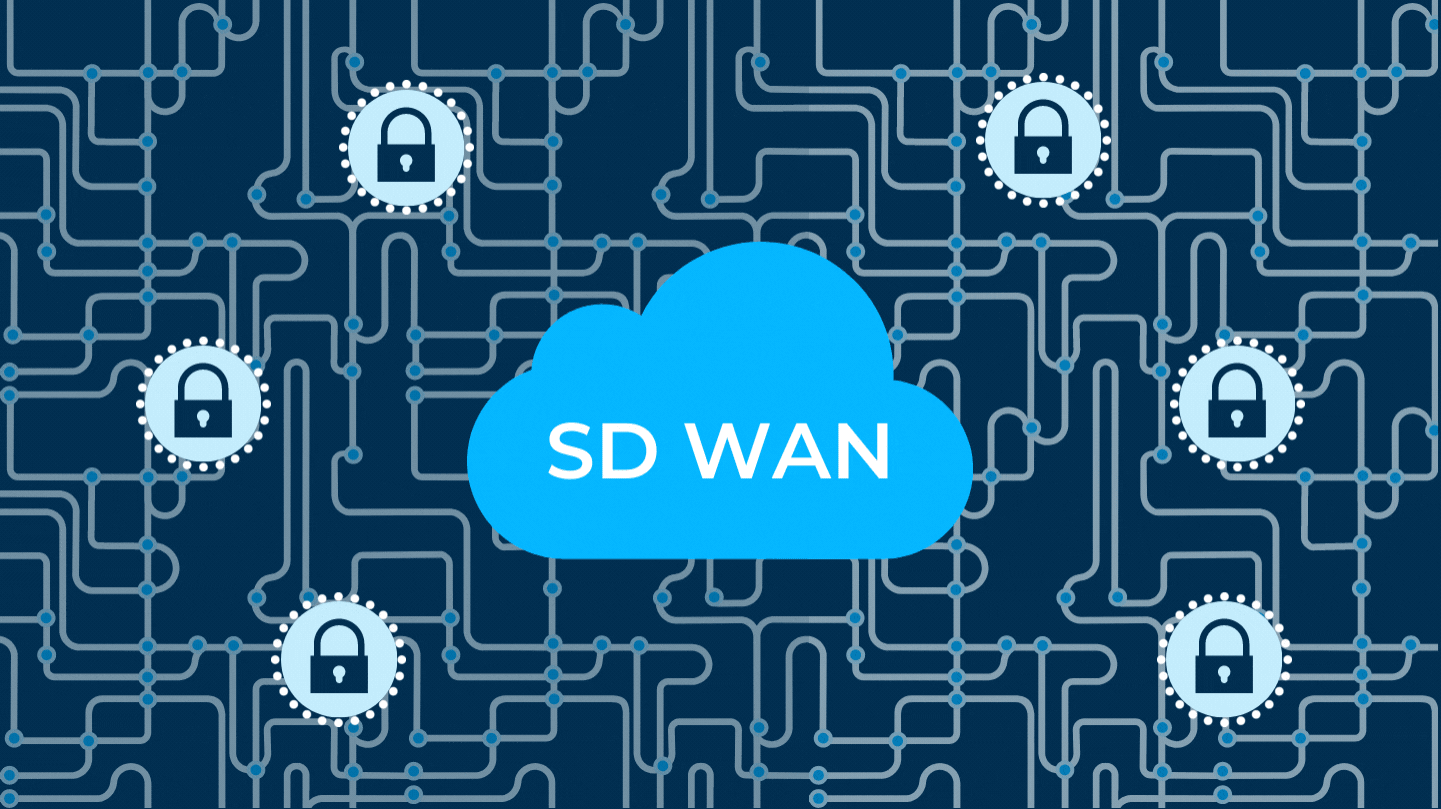
SD-WAN stands for Software-Defined Wide Area Network. It is a technology that simplifies the management and operation of a wide area network (WAN) by decoupling the networking hardware from its control mechanism and using software-defined networking (SDN) principles to streamline network connectivity and management.
Here are the key components and benefits of SD-WAN:
Centralized Control:
Virtual Overlay:
Dynamic Path Selection:
Application Visibility and Prioritization:
Load Balancing and Traffic Shaping:
Security Integration:
WAN Optimization:
Simplified Management:
Flexibility and Scalability:
Cost Savings:
SD-WAN is particularly beneficial for organizations with multiple branch offices or remote locations, as it helps improve network performance, security, and management while reducing the complexity and cost associated with traditional WAN technologies. It is a critical technology in the modern enterprise network landscape, especially as organizations increasingly rely on cloud-based applications and services.
Thank you.